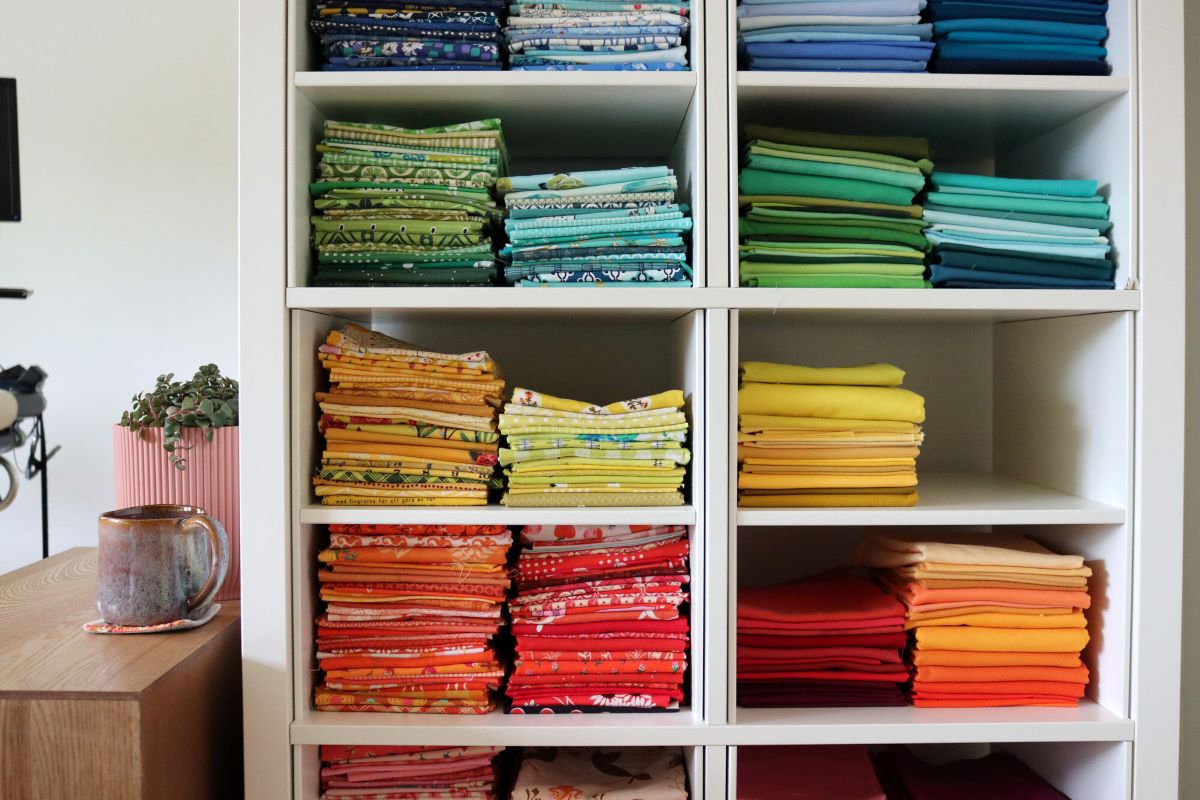

Articles
How To Store Fabric In Sewing Room
Modified: March 23, 2024
Learn the best techniques for storing fabric in your sewing room with these helpful articles. Maximize space and keep your fabrics organized and easily accessible.
(Many of the links in this article redirect to a specific reviewed product. Your purchase of these products through affiliate links helps to generate commission for Storables.com, at no extra cost. Learn more)
Introduction
Properly storing fabric in your sewing room is essential for maintaining its quality and organization. Whether you’re a sewing enthusiast or a professional tailor, having a well-organized fabric stash can save you time and frustration when working on your projects.
When it comes to fabric storage, there are several factors to consider, including the type of fabric, its size, and your available space. By understanding these factors and implementing effective storage solutions, you can keep your fabric collection in top condition and easily accessible.
In this article, we’ll guide you through the process of storing fabric in a sewing room, from assessing your fabric storage options to organizing your stash and maintaining its quality. Let’s get started!
Key Takeaways:
- Properly storing fabric in your sewing room involves assessing storage options, understanding fabric characteristics, and utilizing effective organization methods to maintain quality and accessibility.
- Creating a dedicated fabric storage area, following proper care and maintenance practices, and organizing fabrics by type and color are essential for preserving fabric quality and streamlining your sewing process.
Read more: How To Sew Outdoor Fabric
Assessing Fabric Storage Options
When it comes to storing fabric in your sewing room, it’s important to assess the available storage options based on your specific needs and preferences. Here are a few options to consider:
- Shelves: Shelves are a popular choice for fabric storage as they provide easy access and visibility to your collection. You can opt for open shelves or install fabric bins or baskets to keep your fabrics neatly organized.
- Cabinets or Armoires: Cabinets or armoires with doors are a great option if you prefer to keep your fabric out of sight and want to protect it from dust and sunlight. You can store your fabrics neatly folded or rolled in the compartments of the cabinet.
- Rolling Carts: Rolling carts with shelves or drawers offer flexibility and mobility in your sewing room. You can easily move the cart around and store different types of fabrics in each compartment.
- Hanging Space: Installing a clothes rack or a curtain rod in your sewing room can provide a convenient solution for hanging fabric, especially for larger or heavier pieces. This option allows you to easily view and access your fabrics.
Consider your available space, accessibility needs, and the amount and types of fabrics you have when choosing the appropriate storage option. You may even combine different storage methods to suit your specific requirements.
Understanding Fabric Characteristics
Before storing your fabric, it’s important to have a basic understanding of the different characteristics of the fabrics you have. This knowledge will help you determine the most suitable storage method for each type of fabric. Here are a few fabric characteristics to consider:
- Fabric Type: Fabrics can be categorized into natural fibers (such as cotton, linen, silk) and synthetic fibers (such as polyester, nylon, rayon). Each fabric type has its own specific storage requirements. For example, natural fibers are more prone to moisture damage and may require extra protection.
- Fabric Weight and Structure: Fabrics come in different weights and structures, such as lightweight silk or heavy denim. Heavyweight fabrics may need sturdy storage solutions to prevent stretching or distortion, while delicate fabrics may require gentle handling and careful storage to avoid damage.
- Colorfastness: Some fabrics may be prone to color fading or bleeding. It’s essential to store them away from direct sunlight to preserve their colors. If you have fabrics with different colors, you can consider categorizing them separately to avoid any potential color transfer.
- Fabric Length: Long fabric yardage requires different storage solutions compared to smaller scraps. Hanging longer fabrics or rolling them on a tube can help prevent creases and make them easier to access when needed.
By understanding the characteristics of your fabrics, you can make informed decisions about how to store and handle them, ensuring their longevity and usability.
Organizing Your Fabric Stash
Keeping your fabric stash organized is essential for easy access and efficient workflow in your sewing room. Here are some tips to help you organize your fabric stash:
- Sort by Fabric Type: Start by sorting your fabrics based on their type, such as cotton, linen, or silk. This allows for easier identification and retrieval when you need a specific type of fabric for a project.
- Categorize by Color: Another helpful method is to organize your fabrics by color. This makes it easier to find the exact shade you need and adds an aesthetically pleasing element to your storage area.
- Utilize Clear Storage Containers: Clear storage containers are a great option as they allow you to easily see and identify the fabrics inside. Use containers that are appropriately sized for your fabric pieces to ensure they remain neatly folded or rolled.
- Label Your Storage: To further enhance organization, label your storage containers or shelves with the fabric type or color. This simplifies the process of locating specific fabrics and helps maintain the overall order in your stash.
- Create a Digitized Inventory: For larger fabric collections, create a digital spreadsheet or inventory of your fabrics. Include details such as fabric type, color, length, and any other relevant information. This way, you can easily search for fabrics and keep track of your inventory.
Remember to regularly inventory your fabric stash and make adjustments as needed. Keeping your stash well-organized not only makes it easier to find what you need but also helps you plan future projects and avoid purchasing duplicates.
Utilizing Storage Containers
Storage containers are an essential tool for keeping your fabric stash organized and protected. Here are some tips on how to effectively utilize storage containers:
- Choose the Right Containers: Select storage containers that are appropriate for the size and type of fabric you plan to store. Opt for containers with lids to protect your fabrics from dust, light, and potential damage.
- Fabric Preparation: Before storing your fabrics, ensure they are clean and free from any stains or odors. It’s also a good idea to iron or press them to remove any wrinkles. This will help maintain the quality of your fabrics while in storage.
- Fold or Roll Fabrics: Depending on the size and nature of the fabric, choose whether to fold or roll it. Smaller pieces of fabric can be neatly folded and stacked inside containers, while larger pieces may be better rolled to prevent creases and wrinkles.
- Separate by Size or Type: If you have a wide variety of fabric sizes or types, consider using different containers for each category. This will make it easier to locate specific fabrics when needed.
- Utilize Dividers or Compartments: To further organize your fabric stash within the containers, consider using dividers or compartments. These can be purchased or DIY solutions, such as using cardboard or plastic dividers, to create distinct sections for different fabrics.
- Maximize Vertical Space: Make use of vertical space by stacking containers on shelves or utilizing stackable storage options. This will help maximize storage capacity and keep your sewing room tidy.
Remember to avoid overpacking the containers, as tightly packed fabrics can easily become wrinkled or damaged. Leave some room to allow for airflow and prevent unnecessary stress on the fabrics.
By utilizing storage containers effectively, you can keep your fabric stash well-organized, protected, and easily accessible whenever you embark on your sewing projects.
Store fabric in a cool, dry place away from direct sunlight to prevent fading and damage. Use shelves, bins, or clear plastic containers to keep fabric organized and easily accessible.
Read more: How To Organize A Sewing Room
Hanging Fabric Storage Solutions
Hanging fabric storage solutions are a practical and space-saving option for organizing your fabric stash. Here are some ideas for effectively utilizing hanging storage:
- Wall-mounted Fabric Racks: Install wall-mounted fabric racks or display rods to hang your fabrics. You can use hooks or curtain rod brackets to create a dedicated space for your fabrics. Sort your fabrics by color or type for easy visual identification.
- Tension Rod System: A tension rod system is a versatile option that allows you to hang fabrics in various sizes. Simply adjust the tension rod to fit the width of your sewing room and hang your fabrics using clip rings or clothespins.
- Hanging Closet Organizer: Utilize a hanging closet organizer with multiple compartments or shelves. Hang the organizer on a closet rod or sturdy hook and store your fabrics in the individual compartments or shelves.
- Hanging Garment Bags: Hang fabrics inside garment bags made from breathable fabric like cotton or canvas. This protects them from dust while allowing airflow to prevent moisture buildup. Label each garment bag for easy identification.
- Pegboard Storage: Install a pegboard on the wall and attach hooks to hang fabric rolls or fold fabrics on hangers. This provides a customizable and versatile storage solution, allowing you to easily adjust the arrangement as your fabric collection grows.
When hanging your fabrics, be mindful of their weight and length. Heavier fabrics may require sturdier hangers or additional support, while longer fabrics should hang freely without touching the floor to avoid creasing or becoming dirty.
Hanging your fabrics not only saves space but also allows for easy visibility and accessibility. This makes it simple to find and select the fabric you need for your sewing projects, enabling a smoother workflow.
Folding and Stacking Fabric Methods
Folding and stacking fabric efficiently is essential for maximizing storage space and keeping your fabric collection organized. Here are some methods to consider:
- Rectangular Folding: This method is suitable for most fabric types and is ideal for smaller pieces or quilting squares. Begin by folding the fabric in half lengthwise, then fold it in half again. Continue folding until the fabric is in a compact rectangle shape, then stack them vertically in storage containers or on shelves.
- Rolling: Rolling fabric is a space-saving technique, especially for longer pieces or fabrics with delicate fibers. Start by laying the fabric flat and rolling it tightly from one end to the other. Secure the roll with fabric ties or elastic bands, then store them vertically in containers or on shelves.
- Bolt Folding: Bolt folding is commonly used for larger yardage fabrics, mimicking how fabrics are typically displayed in stores. Fold the fabric in half lengthwise, then fold it again to create a long strip. Fold the strip accordion-style in 2-3 inch sections, creating a stack that resembles a bolt. Store the bolts vertically on shelves or in storage bins.
- File Folding: File folding is a great method for organizing smaller fabric pieces or fat quarters. Fold the fabric into neat rectangles or squares and stack them vertically in a container or divider, similar to how files are stored in a filing cabinet.
- Stack by Size or Color: To easily locate specific fabrics, you can stack them by size or color. This method involves stacking fabrics of similar sizes or colors together, creating visually appealing and easily accessible fabric stacks.
Remember to use acid-free tissue paper or fabric sheets between folded fabrics to prevent friction and protect delicate fibers. Additionally, avoid stacking fabrics too high to prevent them from toppling over or becoming damaged.
Choosing the appropriate folding and stacking method depends on your fabric collection and available storage space. By employing these methods, you can maintain an organized and easily accessible fabric stash.
Creating a Dedicated Fabric Storage Area
Having a dedicated fabric storage area in your sewing room is essential for keeping your materials organized and easily accessible. Here are some tips for creating an effective fabric storage area:
- Designate a Space: Choose a specific area in your sewing room that will be solely dedicated to fabric storage. This could be a shelf, a closet, or even a separate room if you have the available space.
- Clear Clutter: Before setting up your fabric storage area, declutter and remove any unnecessary items from the designated space. This will provide a clean and organized environment for your fabrics.
- Install Shelving: Install shelves in your fabric storage area to maximize vertical storage space. Adjustable shelves are especially beneficial as they allow you to customize the spacing to fit different fabric sizes.
- Label Shelves: Label each shelf according to fabric type, color, or any other sorting method that works for you. This will make it easy to locate specific fabrics and maintain organization within your fabric storage area.
- Utilize Hanging Storage: Incorporate hanging fabric storage solutions, such as fabric racks or curtain rods, in your designated area. This provides additional storage options and allows for easy access to your fabrics.
- Consider Open and Closed Storage: Combine open and closed storage options to accommodate different fabric sizes and types. Open shelves are ideal for folded fabrics and easily identifying colors, while closed storage, such as cabinets or bins, can protect larger or more delicate fabrics.
- Utilize Storage Containers: Use storage containers to further organize your fabrics within the designated area. Clear plastic bins or fabric baskets are great options as they allow you to see the contents while keeping fabrics neatly contained.
- Create a Cutting Area: If space permits, include a designated cutting area within your fabric storage area. This will streamline your workflow and make it convenient to measure and cut fabrics for your projects.
Remember to regularly maintain and tidy up your fabric storage area. Periodically check for any fabric damage, remove any fabrics that need attention, and reorganize as needed to ensure your fabric stash remains in good condition.
By creating a dedicated fabric storage area, you’ll have an organized and efficient space to store and access your fabrics, making your sewing projects a more enjoyable experience.
Tips for Maintaining Fabric Quality
To ensure the longevity and quality of your fabrics, it’s essential to follow proper care and maintenance practices. Here are some tips for maintaining fabric quality:
- Handle with Clean Hands: Always handle fabrics with clean hands to avoid transferring oils, dirt, or stains onto the fabric. If necessary, wash and dry your hands thoroughly before handling delicate or lighter-colored fabrics.
- Store in a Cool, Dry Place: Fabric should be stored in a cool and dry area to prevent moisture build-up, which can lead to mold or mildew growth. Avoid storing fabrics in basements, attics, or areas prone to high humidity levels.
- Avoid Direct Sunlight: Sunlight can fade and deteriorate fabrics over time. When storing or displaying fabrics, keep them away from direct sunlight to preserve their color and quality. Use blinds or curtains to block out sunlight if necessary.
- Protect from Dust and Pests: To protect fabrics from dust and potential pest damage, store them in sealed containers or garment bags. Consider adding a fabric-safe repellent or mothballs to deter pests.
- Regularly Inspect for Damage: Periodically inspect your fabrics for any signs of damage, such as holes, tears, or fraying. If you notice any issues, address them promptly to prevent further damage or spreading to other fabrics.
- Follow Manufacturer’s Instructions: Different fabrics may have specific care instructions provided by the manufacturer. Always follow these instructions regarding washing, drying, and ironing to ensure the fabric’s quality and longevity.
- Test Before Washing: Before washing a fabric, especially if it is a delicate or unfamiliar fiber, perform a small patch test to check for colorfastness or potential shrinkage. This will help prevent any unexpected damage to your fabrics.
- Properly Fold or Roll Fabrics: When storing fabrics, fold or roll them properly to minimize wrinkles and creases. Use acid-free tissue paper or fabric sheets when folding to prevent friction and reduce the risk of color transfer between fabrics.
- Avoid Overcrowding: Overcrowding fabrics in storage containers or shelves can lead to wrinkles and distortion. Leave enough room for fabrics to breathe and maintain their shape. If necessary, consider expanding your storage space or purging fabrics that you no longer need.
- Rotate Fabrics: To prevent fabrics from becoming stagnant or damaged due to prolonged storage, rotate your fabrics periodically. This ensures that all fabrics receive proper airflow and reduces the risk of fabric degradation.
By implementing these tips, you can maintain the quality and integrity of your fabrics, allowing you to enjoy them for years to come and create beautiful projects with confidence.
Read more: How To Store Sewing Patterns
Conclusion
Properly storing and organizing fabric in your sewing room is essential for maintaining its quality and ensuring a smooth and efficient workflow. By utilizing the right storage options, understanding fabric characteristics, and implementing effective organization methods, you can create a clutter-free and easily accessible fabric stash.
Assess your available space and consider different storage options such as shelves, cabinets, hanging racks, and storage containers. Choose the storage method that suits your needs and accommodates the types and sizes of fabrics you have. Sort and categorize fabrics by type, color, or size to make them easily identifiable and retrievable.
When storing fabrics, take into account their specific characteristics and exercise caution when handling them. Protect fabrics from direct sunlight, humidity, dust, and pests by storing them in a cool, dry, and sealed environment.
Maintain the quality of your fabrics by regularly inspecting them for any damage, following the manufacturer’s care instructions, and properly folding or rolling them to minimize wrinkles and creases. Test fabrics before washing and avoid overcrowding storage containers to prevent damage and distortion.
Creating a dedicated fabric storage area in your sewing room will not only keep your fabrics organized but also help streamline your sewing process. Designate a specific space, install shelves, incorporate hanging storage solutions, and create a cutting area if possible.
Lastly, follow proper care and maintenance practices to ensure the longevity and quality of your fabrics. Handle them with clean hands, store them in a suitable environment, and regularly rotate and inspect them for any signs of damage.
By implementing these tips, you can create a well-organized, accessible, and well-preserved fabric stash in your sewing room. This will enhance your creativity, save time in searching for the right fabric, and ultimately result in more enjoyable and successful sewing projects.
Frequently Asked Questions about How To Store Fabric In Sewing Room
Was this page helpful?
At Storables.com, we guarantee accurate and reliable information. Our content, validated by Expert Board Contributors, is crafted following stringent Editorial Policies. We're committed to providing you with well-researched, expert-backed insights for all your informational needs.
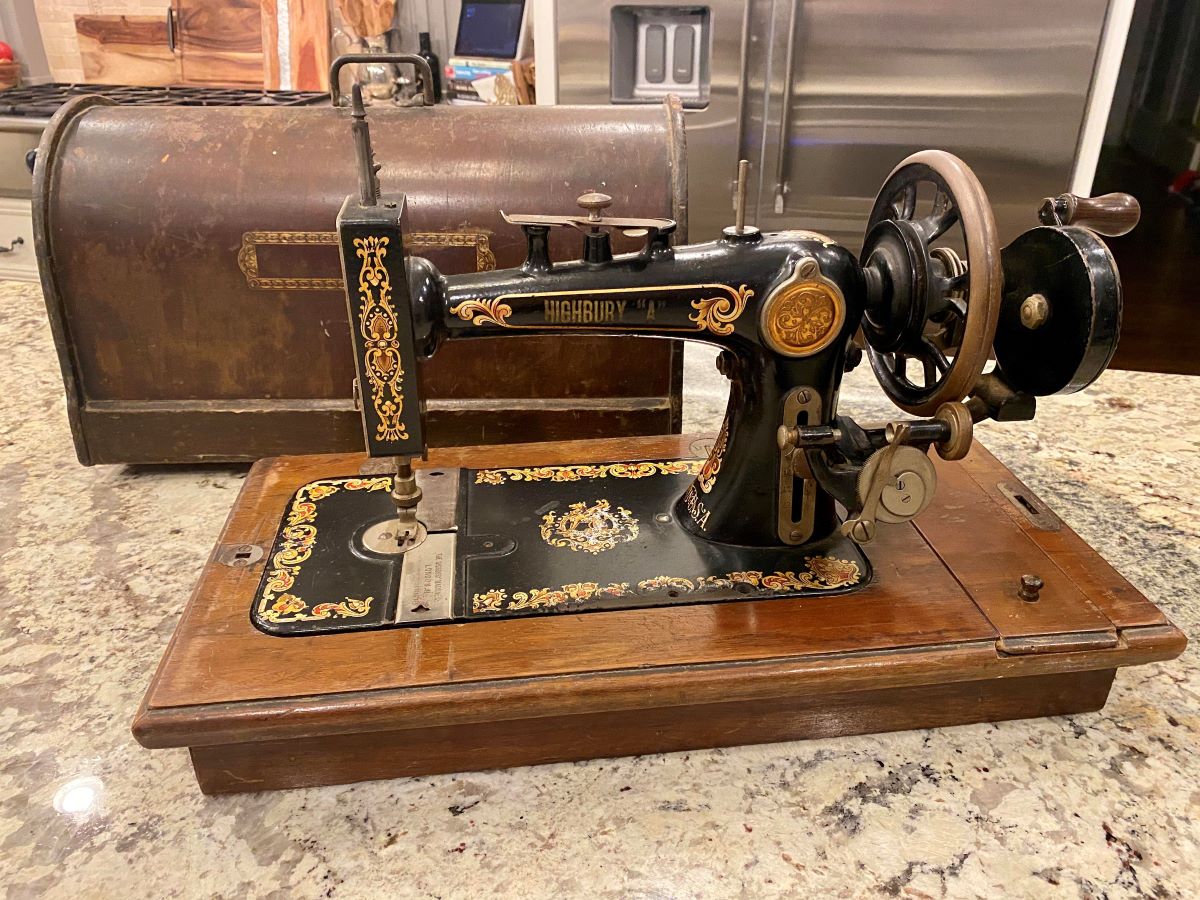

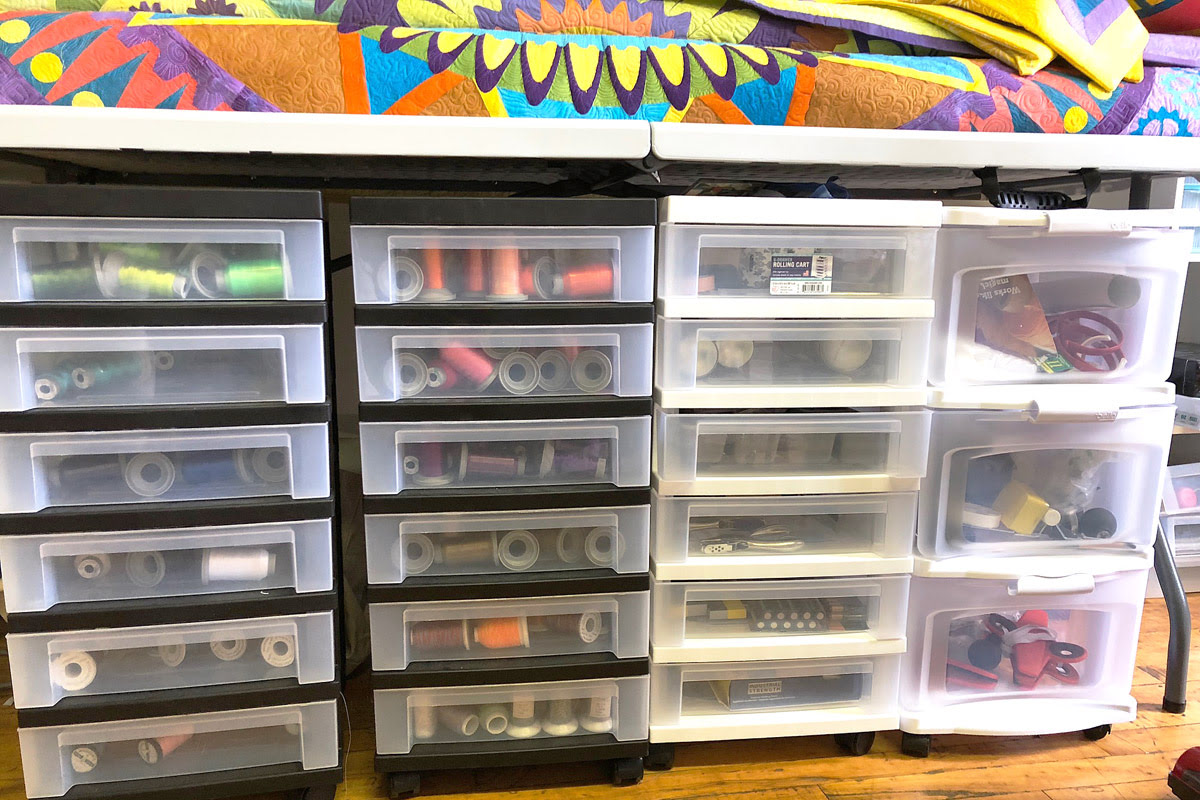
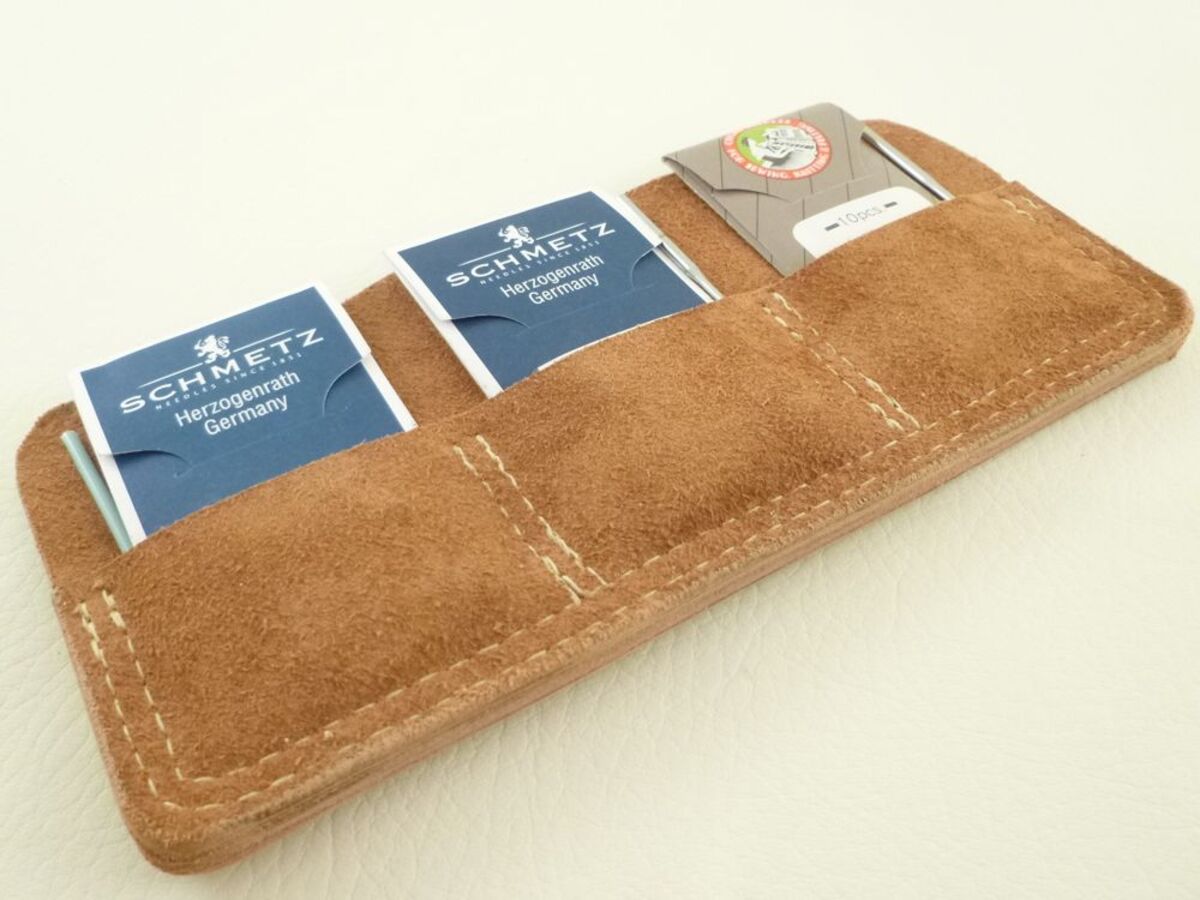


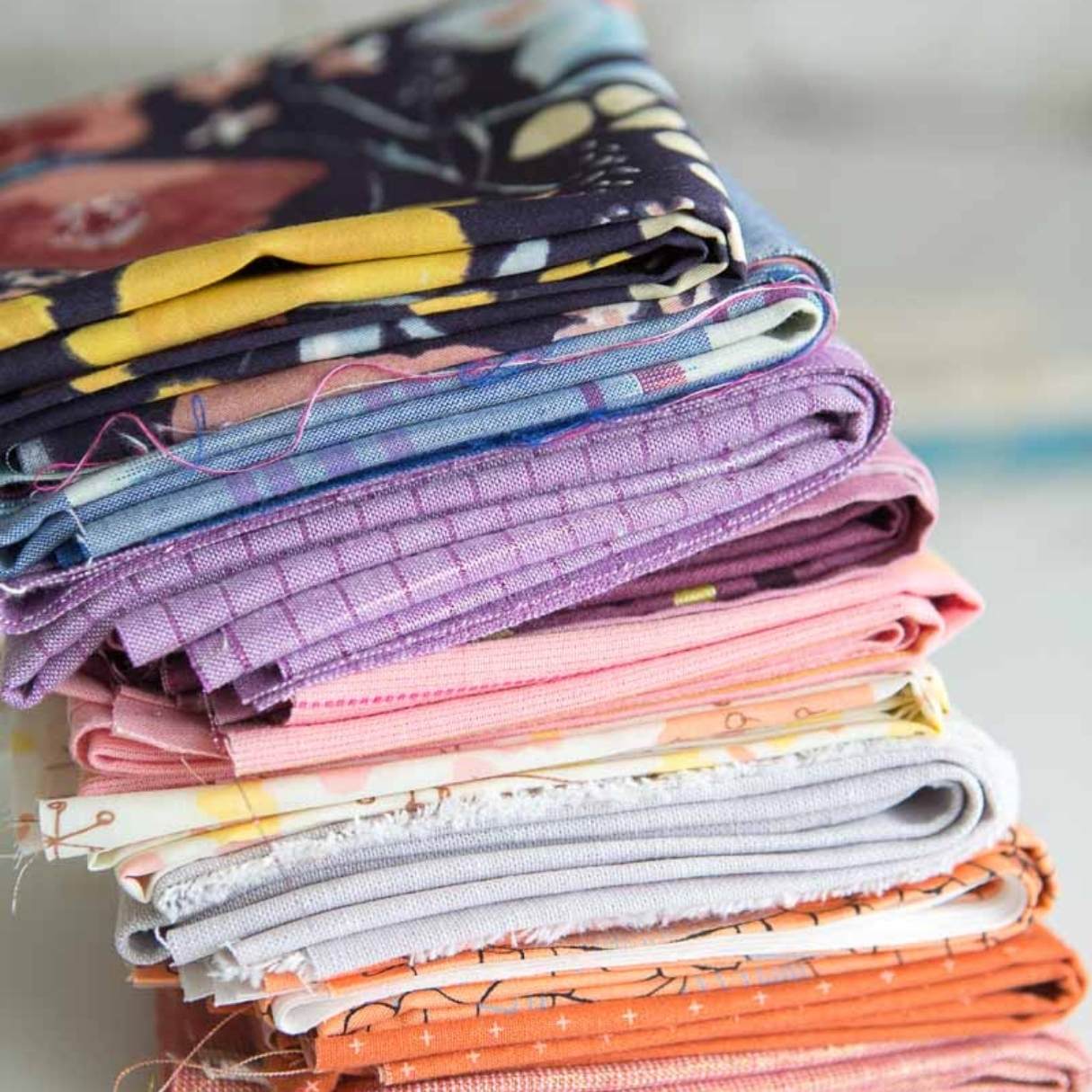

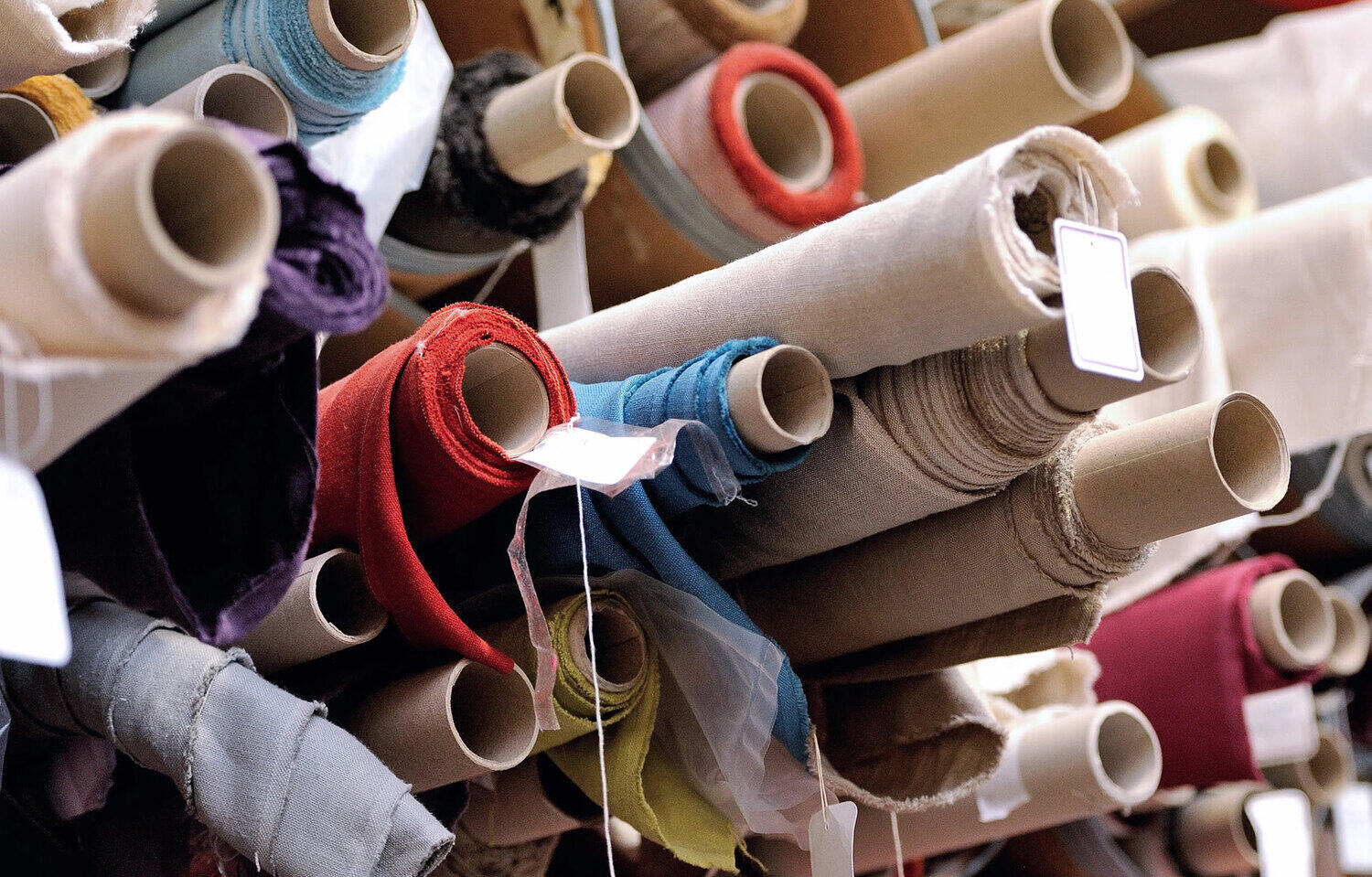
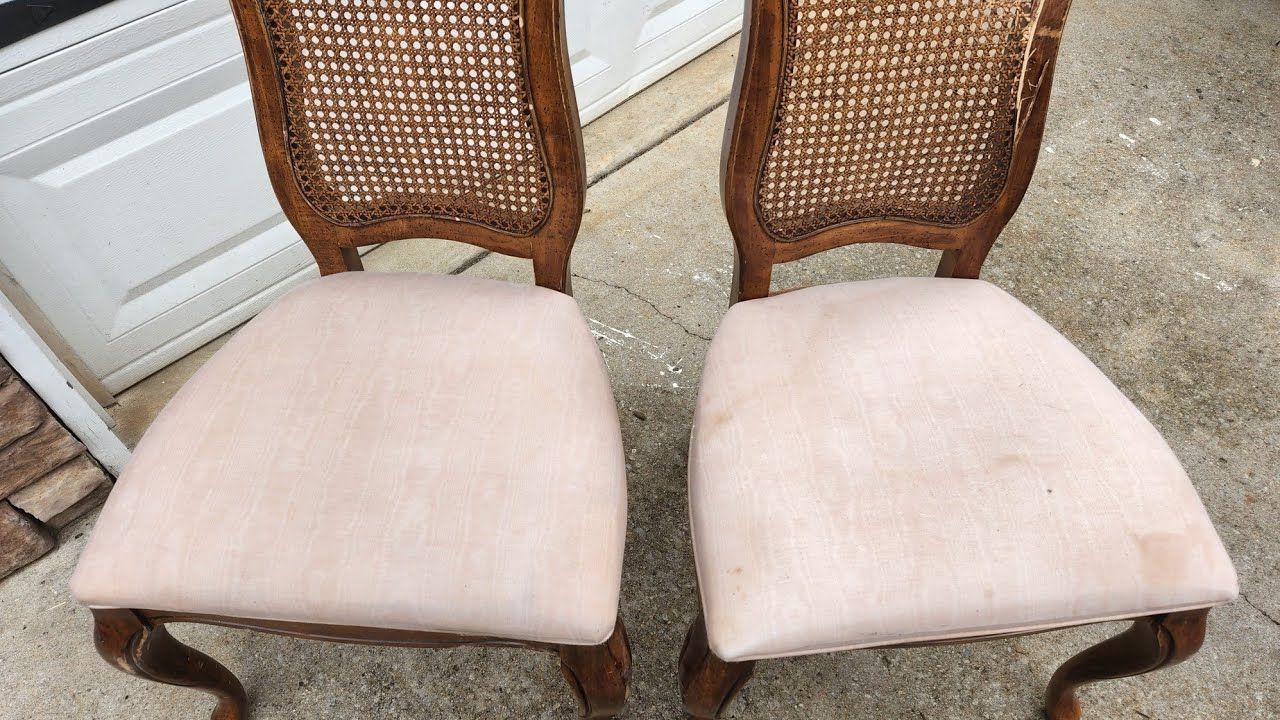

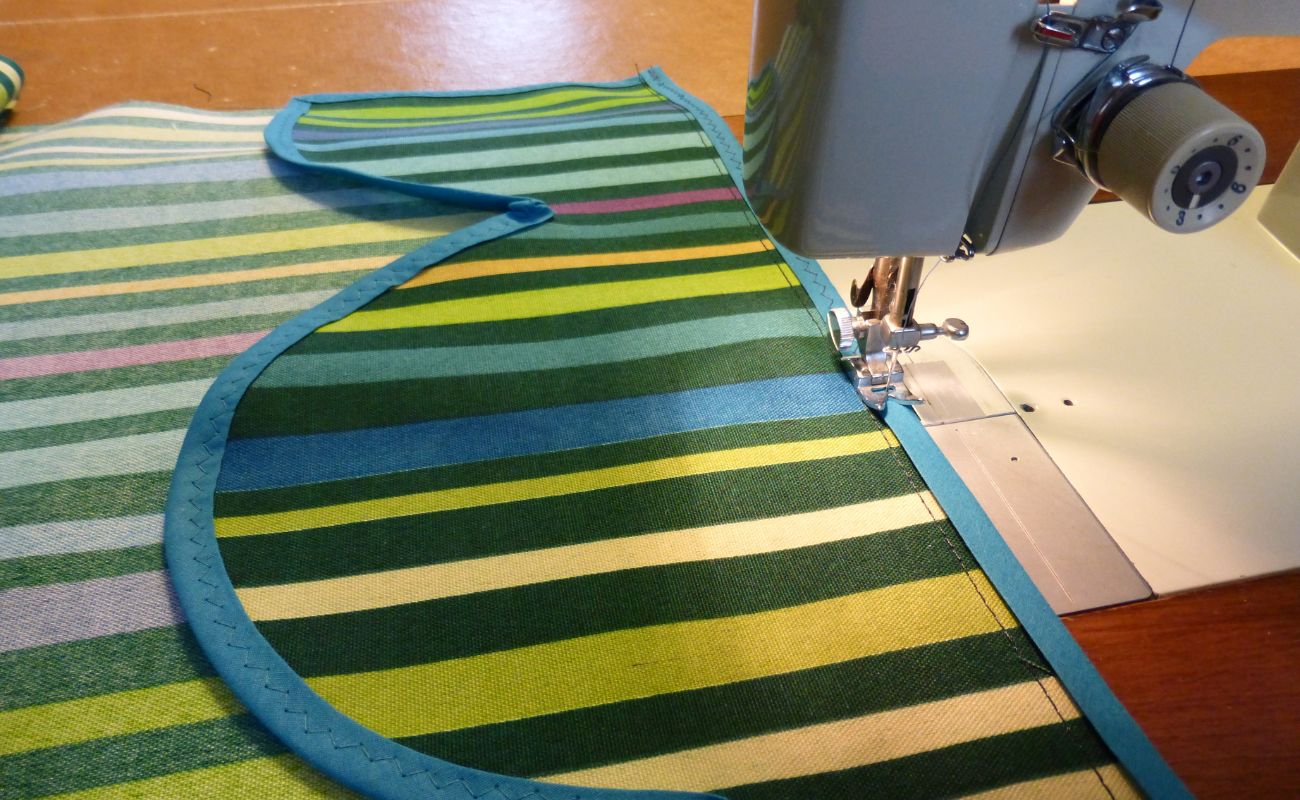


0 thoughts on “How To Store Fabric In Sewing Room”